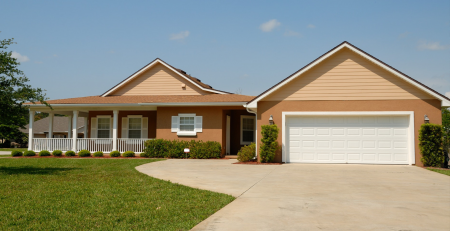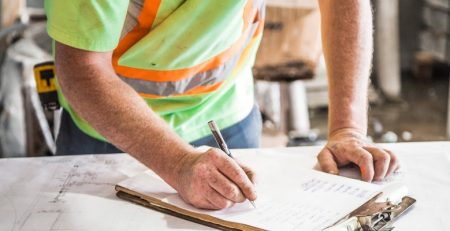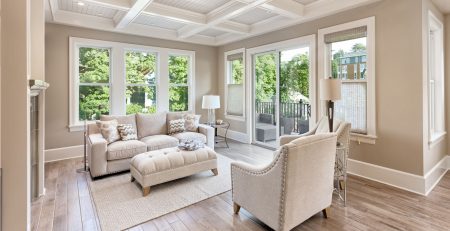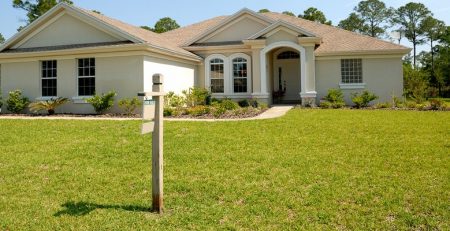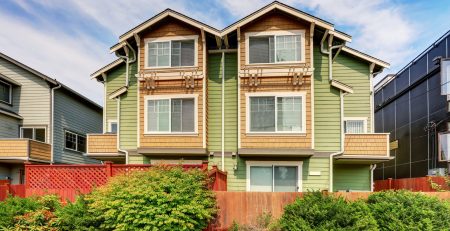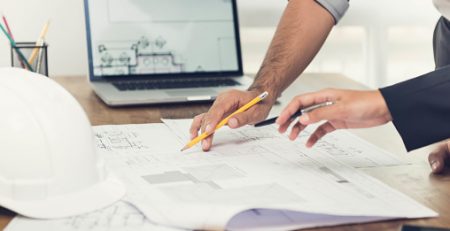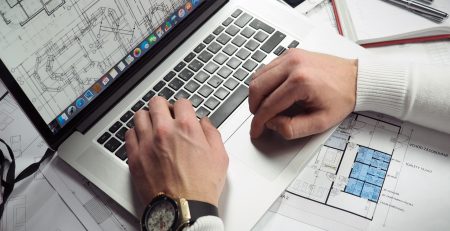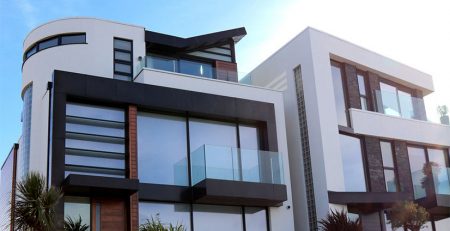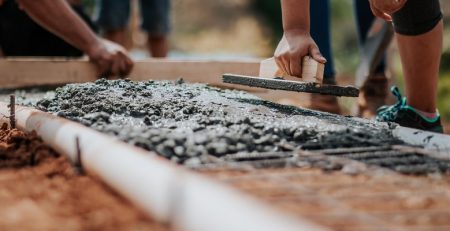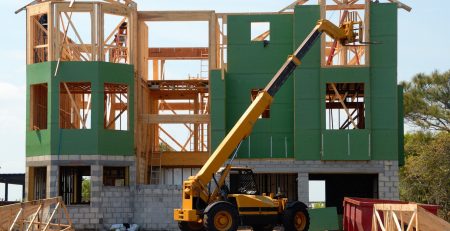Here’ s something that a lot of people don’t know
The construction of a two-bed cottage has a carbon footprint of 80 tonnes of CO2. There is no way to completely avoid this but there are ways to reduce the carbon footprint when building. You can do this by using locally sourced products so that there is no need to transport materials over long distances.
Another way to reduce carbon emissions is by using sustainable building products and materials. Sustainable construction also requires that when choosing material for building, it must be appropriate for the climate it will be used in so that it needs not to be replaced often. Read on to find out more about environmentally sustainable building materials.
Bamboo
There is a consensus that bamboo is one of the best eco-friendly house construction materials that we have available. It has a high rate of self-generation and can be found on every continent except Europe and Antarctica. This means that it can be locally sourced almost everywhere. It is lightweight and less intensive to transport than other materials like hemp.
Bamboo is exceptionally durable and has greater compressive strength than brick or concrete because of its high strength-to-weight ratio. It is great for flooring in homes and for constructing cabinetry. It, however, needs to be treated so that it becomes resistant to insects and will not rot. Bamboo can swell and crack when it absorbs water.
Cork
Just like bamboo, cork is also fast-growing. It can be harvested from a tree without cutting it down. Cork is flexible and resilient which makes it a good additive to floor tiles. Its noise-absorbing abilities make it perfect for insulation sheets. Cork can be used for subflooring as it is also shock absorbent. Cork is a good thermal insulator and does not absorb water or rot.
Recycled Materials
Aluminium and steel are integral materials when building. They are high embodied energy materials because a lot of energy is used to mine them, heat and shape them and also for their transport. Instead of using new aluminium or steel for building, a sustainable building material alternative is to use recycled aluminium and steel.
Recycled materials are long-lasting and do not need to be replaced frequently. They work almost like their traditional counterparts and can be used for roofing, structural support and for building façades. They are also water and pest resistant. Wood can also be recycled, and reclaimed wood can be used for structural framing, flooring, siding and cabinetry.
Plantation timber
Planting trees is an effective way to reduce greenhouse gases. The average pine tree takes 30 years to grow and each one can take up to 631kg of CO2. When you buy plantation timber, more trees are grown to replace those that have been used and you support this green initiative. Timber can be used for roofing, wall support and many other structural features in a building.
At Xclusiv Built Projects we specialise in building residential and commercial buildings. Our team of experts can help you build in an eco-friendly way and sustainably. Contact us today


